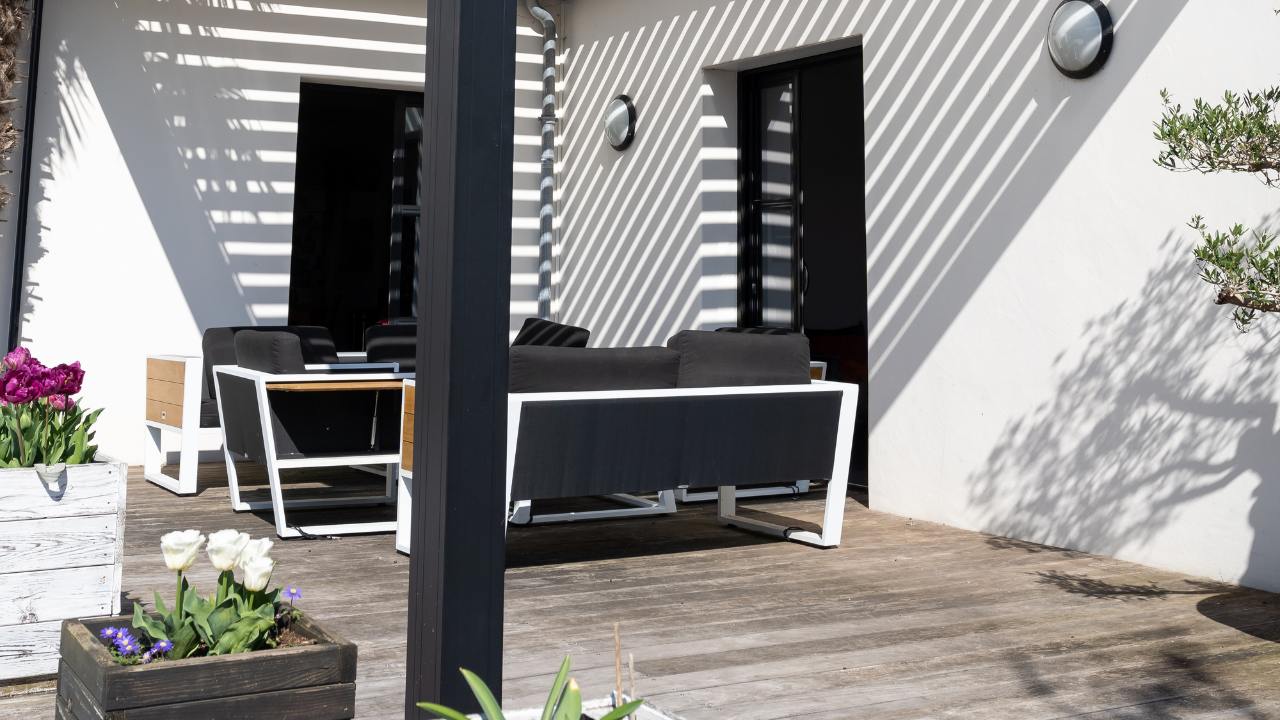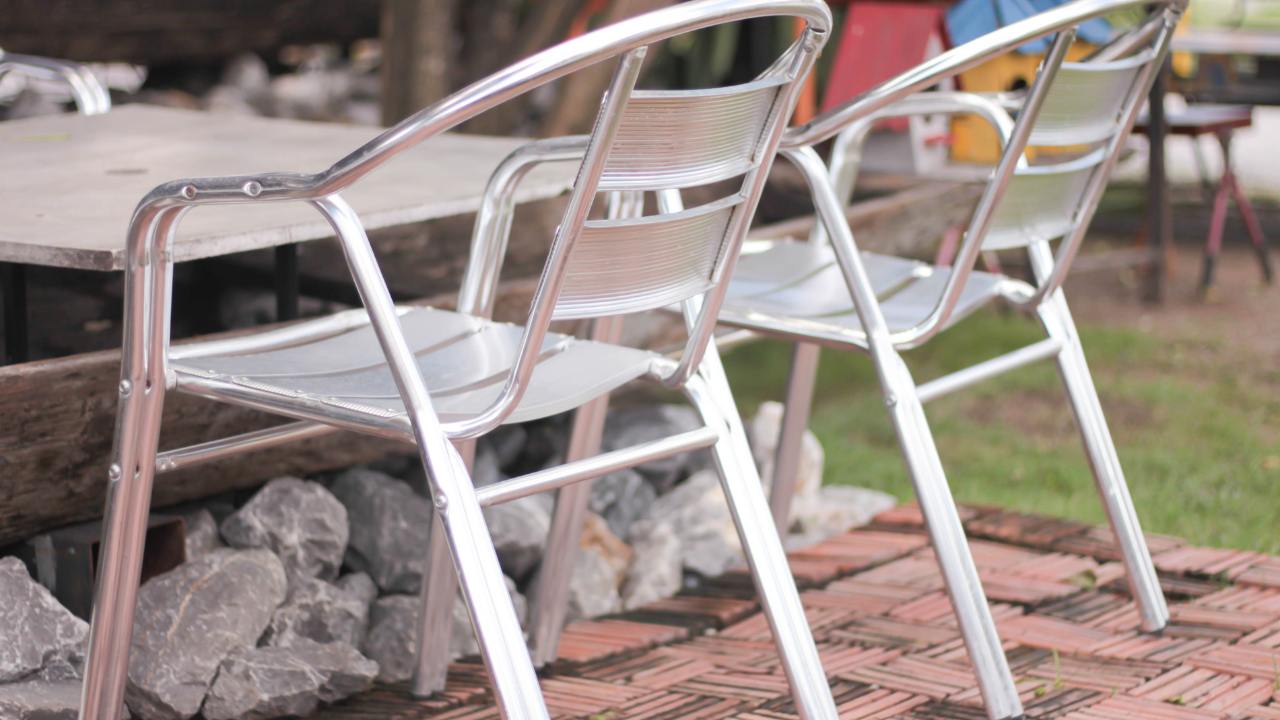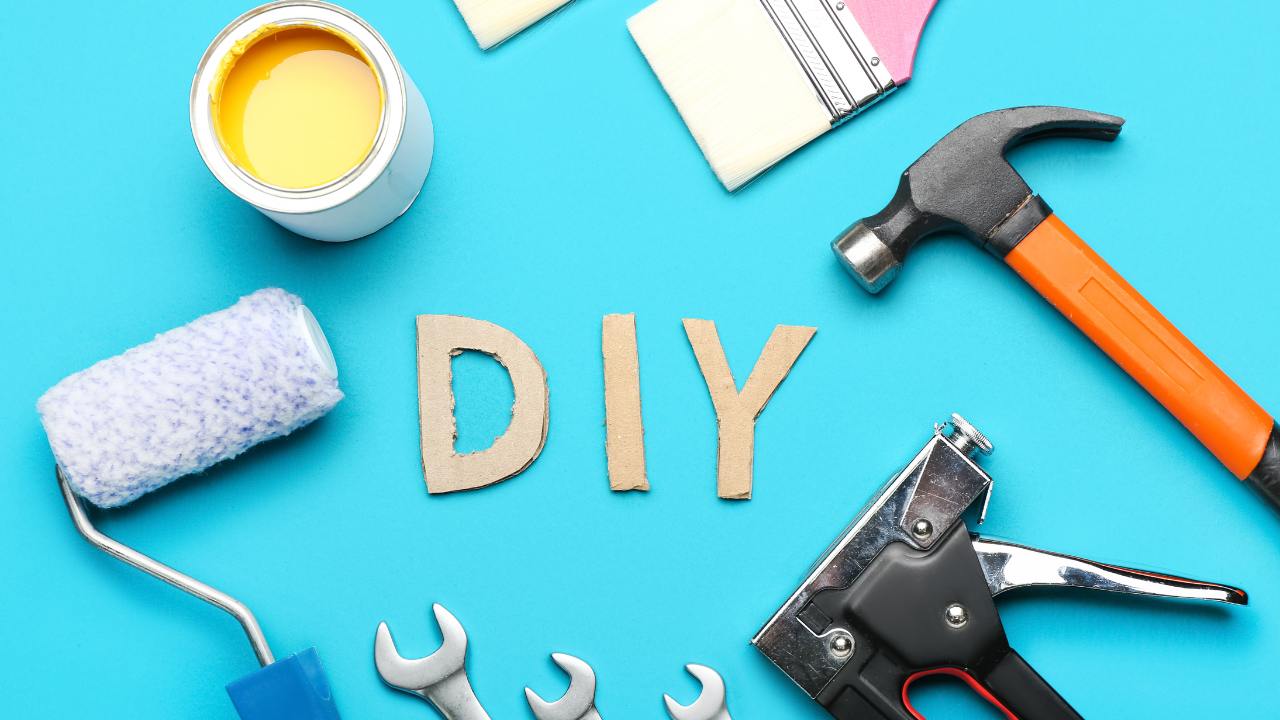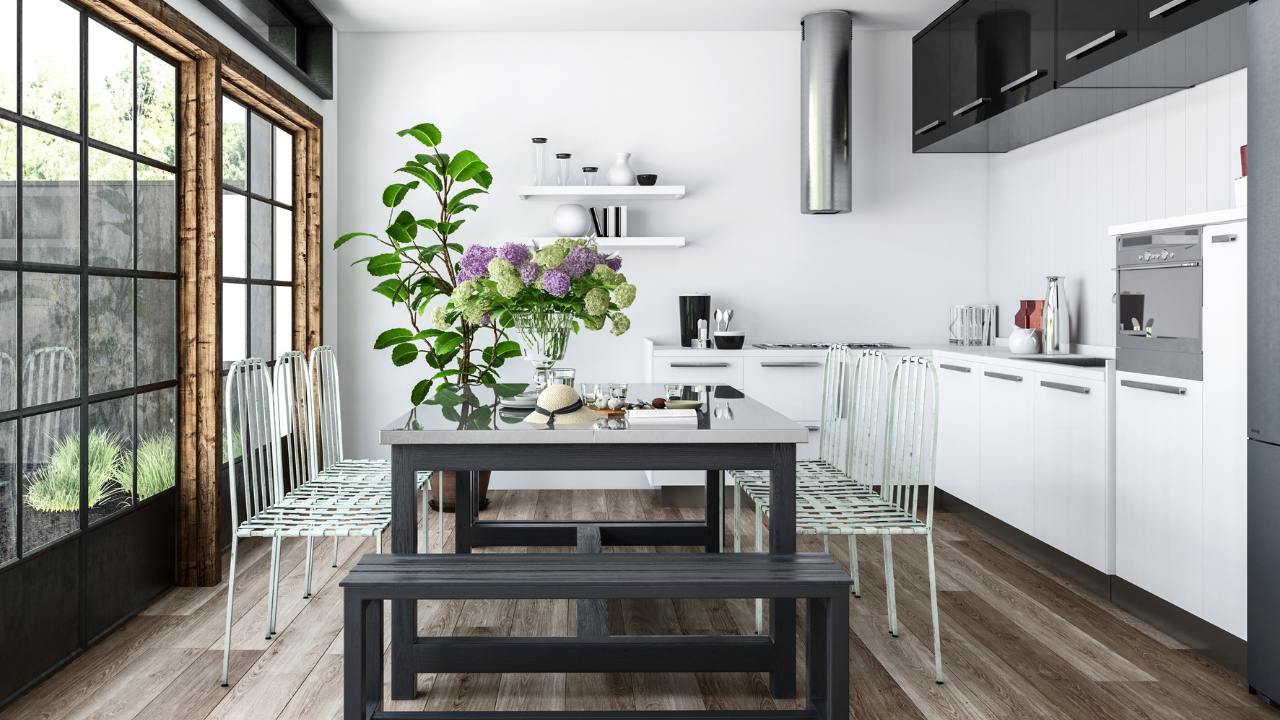When it comes to furnishing your home, the material of your furniture plays a crucial role in determining its durability, style, and overall suitability for your living space. Two popular metals often used in furniture making are steel and aluminum. Both have their unique properties, advantages, and drawbacks. In this comprehensive guide, we’ll compare steel and aluminum furniture to help you make an informed decision for your home.
Overview of Steel and Aluminum
Before diving into the comparison, let’s briefly understand what these materials are:
Steel: An alloy primarily made of iron and carbon, known for its strength and durability.
Aluminum: A lightweight metal that’s resistant to corrosion and highly malleable.
Now, let’s compare these materials across various factors that are important when choosing furniture for your home.
1. Durability and Strength
Steel Furniture
- Pros:
- Extremely strong and durable
- Resistant to dents and warping
- Can support heavy weights
- Cons:
- Prone to rust if not properly treated
Aluminum Furniture
- Pros:
- Naturally resistant to rust and corrosion
- Durable in its own right
- Cons:
- More prone to dents and bending than steel
Verdict: Steel takes the lead in overall strength and durability, but aluminum wins for corrosion resistance.
2. Weight
Steel Furniture
- Pros:
- Stability due to weight
- Cons:
- Heavy and difficult to move
- May be too heavy for certain floors or outdoor decks
Aluminum Furniture
- Pros:
- Lightweight and easy to move
- Ideal for balconies or areas with weight restrictions
- Cons:
- May be too light for outdoor use in windy conditions
Verdict: Aluminum is the clear winner for those who prioritize lightweight, easily movable furniture.
3. Maintenance
Steel Furniture
- Pros:
- Easy to clean with soap and water
- Cons:
- Requires regular maintenance to prevent rust
- May need repainting or refinishing over time
Aluminum Furniture
- Pros:
- Low maintenance due to natural corrosion resistance
- Easy to clean
- Cons:
- Can develop a chalky oxidation over time, though this can be easily cleaned
Verdict: Aluminum edges out steel in terms of ease of maintenance, especially for outdoor use.
4. Aesthetics and Design Versatility
Steel Furniture
- Pros:
- Can be molded into various shapes and designs
- Offers a sleek, modern look
- Can be painted in any color
- Cons:
- Often has a more industrial appearance
Aluminum Furniture
- Pros:
- Highly malleable, allowing for intricate designs
- Can be finished in various ways (polished, brushed, anodized)
- Offers a contemporary, light appearance
- Cons:
- May not have the same « substantial » feel as steel
Verdict: This is largely a matter of personal preference, but aluminum’s malleability gives it a slight edge in design versatility.
5. Cost
Steel Furniture
- Pros:
- Generally less expensive than aluminum
- Cons:
- Higher-end steel furniture can be pricey
Aluminum Furniture
- Pros:
- Wide range of price points available
- Cons:
- Generally more expensive than steel, especially for high-quality pieces
Verdict: Steel furniture is typically more budget-friendly, making it the winner in terms of cost.
6. Environmental Impact
Steel Furniture
- Pros:
- Highly recyclable
- Often contains recycled content
- Cons:
- Production is energy-intensive
- Mining for iron ore has environmental impacts
Aluminum Furniture
- Pros:
- 100% recyclable and often contains high recycled content
- Recycling aluminum uses much less energy than producing new aluminum
- Cons:
- Initial production is very energy-intensive
- Bauxite mining for aluminum production has significant environmental impacts
Verdict: Both materials have pros and cons, but aluminum’s ease of recycling gives it a slight edge in long-term sustainability.
7. Suitability for Different Home Areas
Living Room
- Steel: Great for coffee tables, shelving units, and statement pieces.
- Aluminum: Ideal for lightweight side tables and modern sculptural pieces.
Dining Room
- Steel: Excellent for sturdy dining tables and chairs.
- Aluminum: Good for casual dining sets, especially in smaller spaces.
Bedroom
- Steel: Suitable for bed frames, especially in industrial or modern designs.
- Aluminum: Great for lightweight bedside tables and vanities.
Home Office
- Steel: Ideal for durable desks and filing cabinets.
- Aluminum: Good for sleek, modern desk designs and lightweight office chairs.
Outdoor Spaces
- Steel: Suitable for heavy-duty outdoor furniture, but requires proper weather-resistant treatment.
- Aluminum: Excellent for outdoor use due to its natural weather resistance and lightweight nature.
Making the Right Choice for Your Home
When deciding between steel and aluminum furniture for your home, consider the following factors:
- Intended Use: Is the furniture for indoor or outdoor use? Will it need to support heavy weights?
- Aesthetic Preferences: Do you prefer the substantial feel of steel or the lighter appearance of aluminum?
- Mobility Needs: How often will you need to move the furniture? Is weight a concern?
- Maintenance Willingness: Are you prepared to maintain steel to prevent rust, or do you prefer the low-maintenance nature of aluminum?
- Budget: While prices vary, generally steel is more budget-friendly. Is the potentially higher cost of aluminum justified by its benefits for your needs?
- Environmental Concerns: If sustainability is a priority, consider the recyclability and recycled content of the specific pieces you’re considering.
- Climate: If you live in a humid or coastal area, aluminum’s corrosion resistance might be particularly valuable.
Conclusion
Both steel and aluminum have their place in home furniture, each offering unique benefits:
Choose Steel Furniture If:
- You prioritize strength and durability
- You’re furnishing a high-traffic area
- You prefer a more substantial, industrial aesthetic
- You’re working with a tighter budget
- You need furniture that can support heavy weights
Choose Aluminum Furniture If:
- You value lightweight, easy-to-move pieces
- You’re furnishing an outdoor space
- You prefer low-maintenance options
- You live in a humid or coastal area
- You’re looking for furniture with intricate, malleable designs
Ultimately, the choice between steel and aluminum furniture depends on your specific needs, preferences, and the particular area of your home you’re furnishing. Both materials can provide durable, stylish options for your living spaces. By considering the factors we’ve discussed, you can make an informed decision that will enhance your home’s functionality and aesthetic appeal for years to come.
Remember, quality matters regardless of the material. Always opt for well-constructed pieces from reputable manufacturers to ensure you get the best performance out of your chosen material. With the right choice, your steel or aluminum furniture can become a beloved part of your home, combining form and function in perfect harmony.



